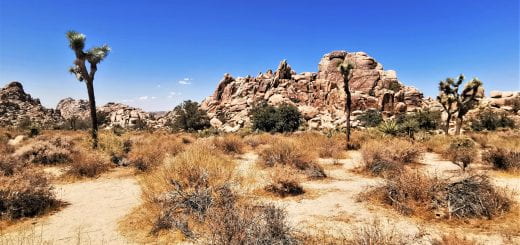Tracking Across Landscapes
So, in the University of Oregon DeArmond MakerSpace, in preparation for one event that probably won’t happen, but also for another event that likely will, we have been working on our beacon systems to track things like rovers and weather balloons. Last year we used a 70-cm APRS beacon for a both a rover and a balloon project. The 70-cm refers to the wavelength of the radio frequency (440 MHz) that the radio beacon uses. APRS refers to Automatic Packet Reporting Service. A beacon of this nature is a radio that records its GPS position and then broadcasts it out. However, the broadcast is in a digitized form and ready for computers to decode, but it just sounds like a very short modem burst for those that remember the sound of dial-up modems. This is good for a several reasons. First, the bursts are short so that many people can use the same frequency without crowding each out. Second, it gives a bit of protection for the beacon because the data need to be decoded to see where the beacon is. A person not associated with the project couldn’t just listen to a radio and go find beacon without effort. Finally, since the coding is not secret, a computer connected to a radio, a radio with embedded decoding technology, or a computer to the internet and which in turn is connected to a radio receiver, can plot the position of the beacon.
The 70-cm beacon is very nice for our rover project because it is somewhat small and lightweight. Our rovers are launched in rockets and we are limited to not exceed a certain mass. However, we found that there are very few automatic 70-cm APRS stations that track incoming data. This means we need to rely on our radios which in turn always need to be in contact with the beacon. This unfortunately, is not always possible particularly when in use with a weather balloon that can fly in a straight line over a mountain while the trackers (us) need to follow a road, which might take us very far away from the beacon.
This year we are trying out 2-meter beacons set at a frequency of 144.390 Hertz. This is set standard frequency for APRS broadcasting in the United States. It allows for automated receivers to record, decode and plot the position of beacon. An internet service like APRS.FI (https://aprs.fi/#!lat=44.0358&lng=-123.0576) recording the latitude on longitude of my computer based on my internet connection can then plot the position of the beacon on a layer on top of Google Maps. Now, even though we may not have direct recording of the radio beacon, we can track it if our cell phones have internet service. And, while broad areas of areas wilderness around mountains lack cell phone towers, major roads don’t.
Well, to finally, get to the end of this story. Here is a plot of our 2-meter radio beacon position as I drove it around the Eugene area.
Looking at this map, many people might wonder, why not track an item with a cell phone. Yes, this a fine solution for something that is always near a radio tower. The distance a phone can broadcast in most areas is a much shorter distance than the 2-meter radio and therefore a cell phone would fail in remote areas. It is also not legal to broadcast from a cell phone above a certain elevation. In the air, without ground obstructions, the cell phone can connect to numerous towers and not just the few nearest towers. The issue here is more of a management problem than a technology or physics problem, and hence the law. However, in the same way that a cell phone in the air can connect with many towers, a 70-cm or 2-meter radio can connect to a broad network of listening stations, many fewer than cell phone towers, but still a widely dispersed network across the landscape. Even of only one station can record the radio beacon broadcast, the broadcast includes the latitude and longitude of the beacon itself and then recording stations delivers it to the internet.
Beacons also allow us to track directly by the strength of the broadcast signal if we lack internet or decoding capabilities on our radio. Unfortunately, in the US, there are very few 70-cm listening stations so we often need to rely on a radio we carried with us to plot the position, and we would need to make sure that the beacon never got so far away that we would lose its signal. In the Black Rock Desert, this is not a problem, but it is in Eugene. In the end, we now trying the heavier, bigger, and more energy demanding (think battery life) 2-meter beacons. Why? Because we can track them better!


